INTERVIEW WITH
CLAIRE THOMAS
Claire Thomas is a photojournalist and fine art photographer from Wales. She is currently based between the UK and Egypt. She has been capturing powerful and honest imagery for several years, building a reputation for her unique and thought-provoking approach to photography. Her work is deeply rooted in storytelling, and she seeks to convey a concept or emotion that goes beyond the image itself. Through her lens, she provides a deeper insight into the stories and a connection with the subjects, making her work both impactful and relatable.
Her work has not gone unnoticed, as she has received numerous awards and has had her work featured in some of the world's most prestigious publications. From The New York Times to National Geographic Magazine, Claire's images have been seen by millions of people around the world, making her one of the most respected photojournalists of her generation. Her work has also been featured in The Sunday Times, The Guardian, The Associated Press, Al Jazeera English, and Geographical Magazine. Her work has been praised for its ability to capture the human spirit and tell stories that are both raw and real.
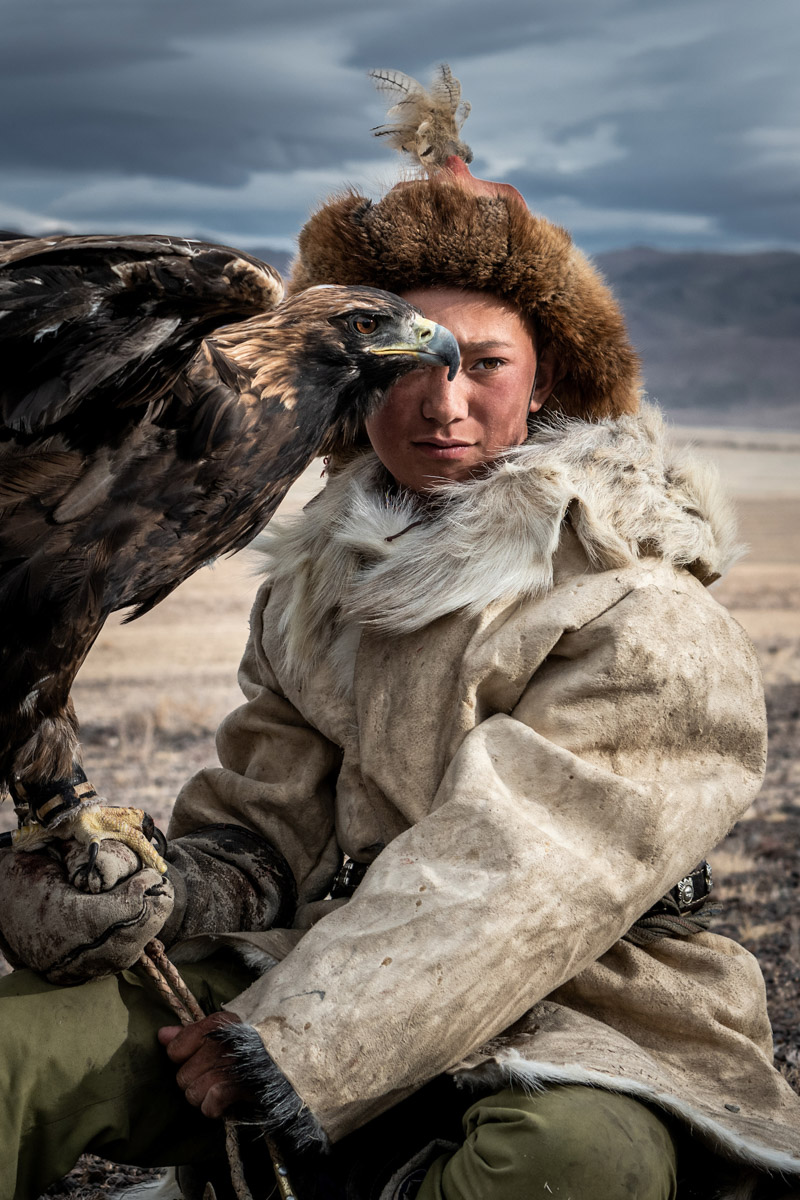
From growing up in Wales to becoming a horse wrangler in Wyoming, horses have played a central role in your life. How have these experiences shaped your connection to nature?
Horses have been central to me since I was a child, and they’ve continued to be an important part of my life. I grew up riding and taking care of horses in the picturesque Welsh countryside, which I think helped teach me to be independent and responsible from a young age.
Living out my childhood fantasy of working as a cowgirl in a setting and culture I thought existed only in Western movies, my time in Wyoming gave me a renewed appreciation and respect for nature. While leading rides in the vast wilderness, we would encounter wildlife almost daily and I had to quickly learn how to navigate endless mountains and high-altitude deserts, often in extreme weather.
Looking back, I think working on the ranch also inadvertently helped prepare me for the strenuous physical demands of working in a war zone. With more than 90 horses to feed and take care of, ranch life was extremely physically demanding, with few home comforts and countless hours spent in the saddle.
Being close to nature is certainly where I feel most comfortable, and I’m always moved and inspired by the beauty and majesty of the natural world. I find it healing and therapeutic to be around animals and immersed in nature, so having the opportunity to photograph both animals and the environment means a great deal to me. Even while working in areas of conflict like Iraq and Palestine, I still somehow managed to find horses to ride and photograph.
When I left Iraq in 2019, I decided to start working on a personal photography project that’s connected to my background and affinity with horses, exploring the relationship between equines and people whose livelihoods depend on them. To kick off the project I travelled to western Mongolia to meet and photograph the iconic Kazakh eagle hunters and horsemen of the Altai Mountains. There, I wanted to capture a collection of images that offers a window into the culture and traditional lifestyle of the remarkable people who continue to live in an extremely remote corner of the world and who have a deep connection to nature.
The families I met inspired me enormously, and I feel very privileged to have been able to spend time with them and to capture an insight into their lives. Despite our differences and the scope of the challenges they face, I somehow found a connection with the horsemen, and through our shared affinity with horses and the common language that creates I was reminded of my childhood in Wales, where my days were spent in the saddle, enjoying the quiet natural beauty of my surroundings, and always with a hot cup of tea waiting for me at the end of a long day.
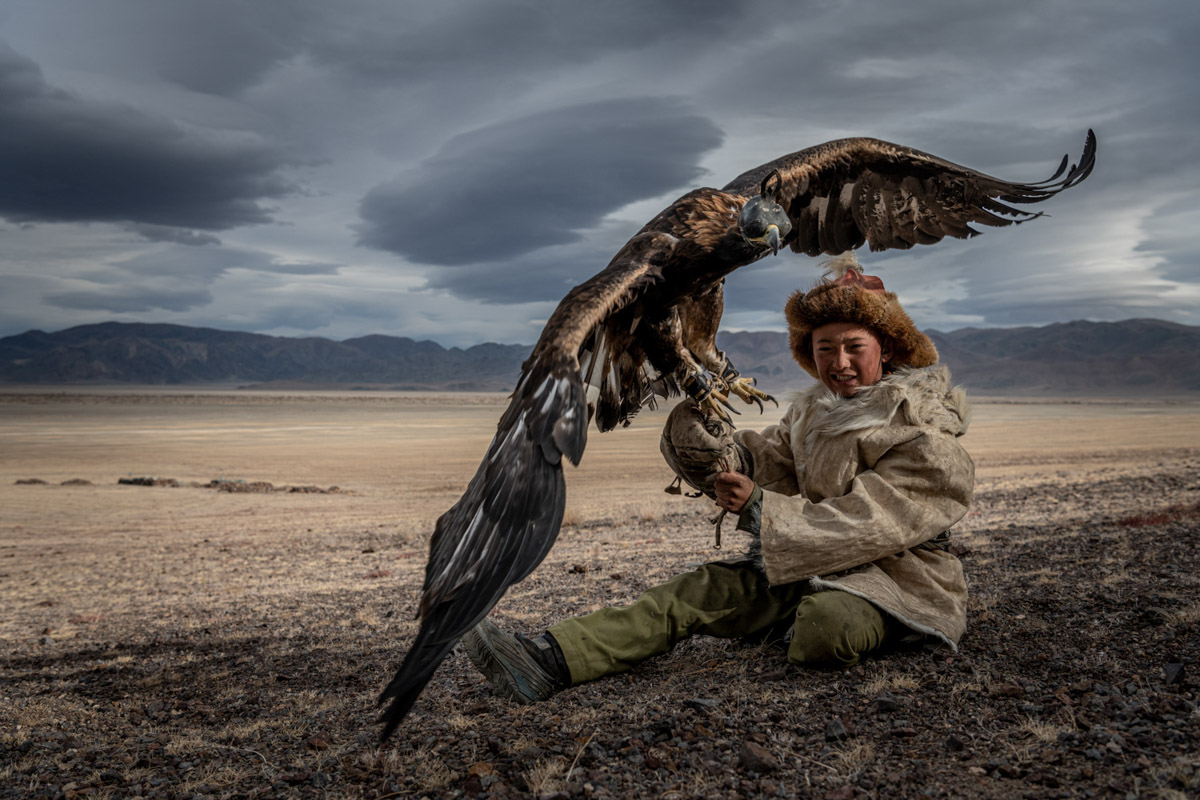
You are a superb photojournalist with a unique gift for visual storytelling. At the same time, you are a remarkable artist that creates images of stunning beauty. Tell us a bit about the interplay between these two aspects of you as an artist.
Thank you so much for your kind words.
Whatever kind of photography project I’m working on, I always aim to capture images that tell a story in a compelling, engaging and sensitive way, be that in an editorial context or an artistic project. My approach to fine art photography is grounded in my passion for storytelling, and I always strive to present an authentic and artistic expression of reality, which I see as a kind of bridge between photojournalism and fine art.
I generally try not to distinguish too strongly between editorial and artistic projects – I think they actually complement each other. I use the same documentary-style approach for both, relying only on natural light and being quick to capture candid moments without directing or staging any scenes. I hope that my images offer an insight into the lives of the people I meet and the places I visit, while helping to dispel misconceptions and stereotypes.
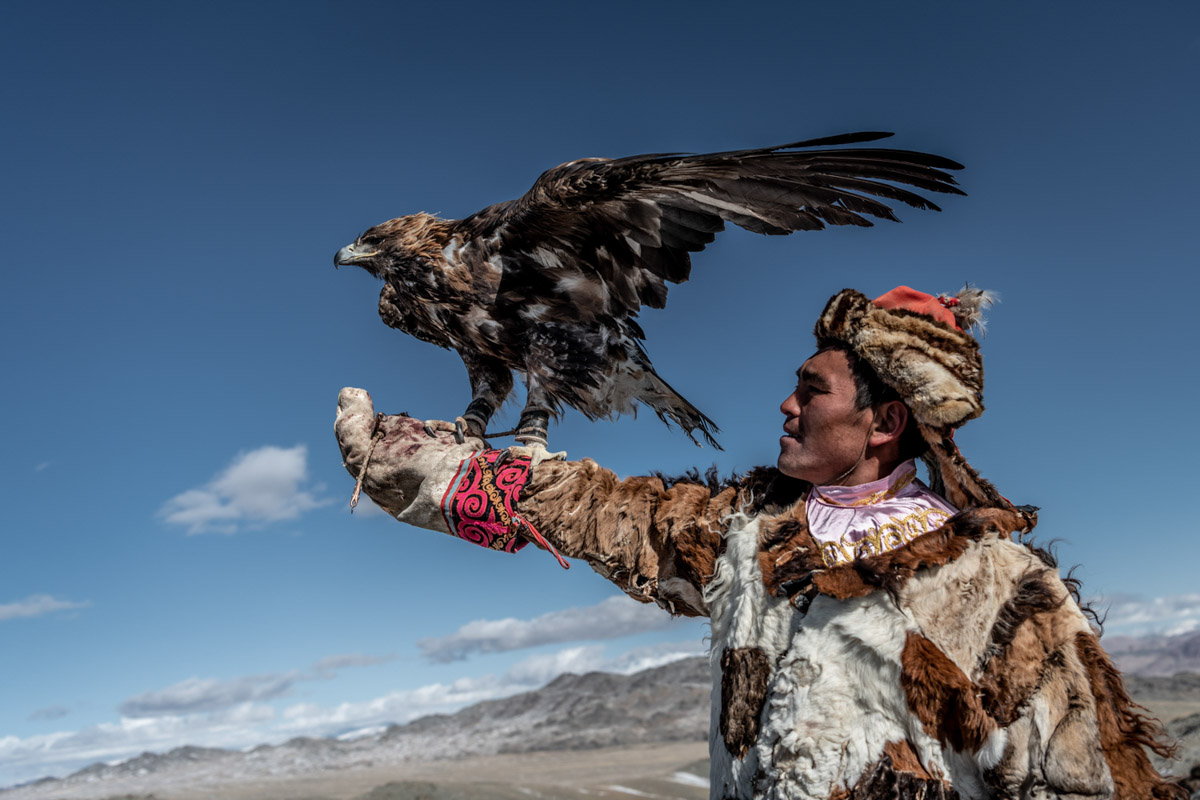
You have documented political and military conflicts, as well as humanitarian and environmental crises. To an outsider, many of your works seem to be life-changing experiences. How do you deal with them and how do they transform you as a person?
Documenting conflicts and humanitarian crises has certainly opened my eyes to a darker side of humanity in a visceral and haunting way. I think it’s important to maintain some degree of professional distance when working in these kinds of environments, but also to never put the profession before humanity and compassion. I’m a very open person and I don’t try to hide my emotions, so there were times in the field clinics in Iraq where I would be emotional… For me it’s impossible to suppress my emotions when confronted by a mother crying over the body of her child… It’s ok to cry and still take the photo.
The time I spent with the frontline medics in Mosul, Iraq during the war against ISIS was definitely life-changing. I often think about those days - it certainly gave me an unforgettable insight into the harrowing human cost of conflict. When I first went to the field clinic I remember feeling extremely frustrated that I wasn’t able to do anything to help. All I could do was try my best to capture compelling images that told the story of the survivors and the victims as well as the soldiers and medics who treated the patients with unbelievable confidence and composure. There were, however, some times when I felt a compulsion to put my camera down when my immediate help was needed, or to simply hold the hand of someone who was all alone, clinging to life by a thread.
One of the most impactful moments of my time in Mosul was when a little girl was rushed into the clinic with multiple gunshot wounds and many other injuries that put her on the very edge of survival. Within seconds of arriving at the clinic, Katie Batrouney, a young paramedic from Australia, dressed the child’s wounds, stemming the bleeding to buy her some precious time to reach a hospital. As Katie carried the child out into the street in search of an ambulance, I set my camera aside and jumped into the ambulance with Katie and the gravely injured child hoping that I might be able to help in some way or at least offer my support. As the ambulance sped along the dusty, abandoned, war-torn streets of western Mosul, the child’s terror-filled screams began to weaken until she eventually stopped breathing. With no gurney or medical supplies inside the ambulance, Katie placed the bleeding child onto my lap and instructed me to hold her still while she inserted a needle into her chest, allowing air back into her collapsed lung.
I’ll never forget the terrified look on that poor little girl’s face as I held her on my blood-soaked lap. I may not have a photograph of that moment, but it will be etched into my memory forever.
Undoubtedly, those experiences have had an impact on me. However, I’m always cognizant of the fact that I made the choice to be there - I wasn’t trapped in the middle of a bloody conflict like the residents of Mosul, and I could leave and return to safety at any time.
I also try to remember more the heroism of the medics who risked their lives to save others, the soldiers who made sure I was safe and hydrated, and the families who made me smile and invited me to share their delicious meals every evening. It is true, I believe, that where you see the worst of humanity you very often see the best of humanity. I try to focus on remembering the best.
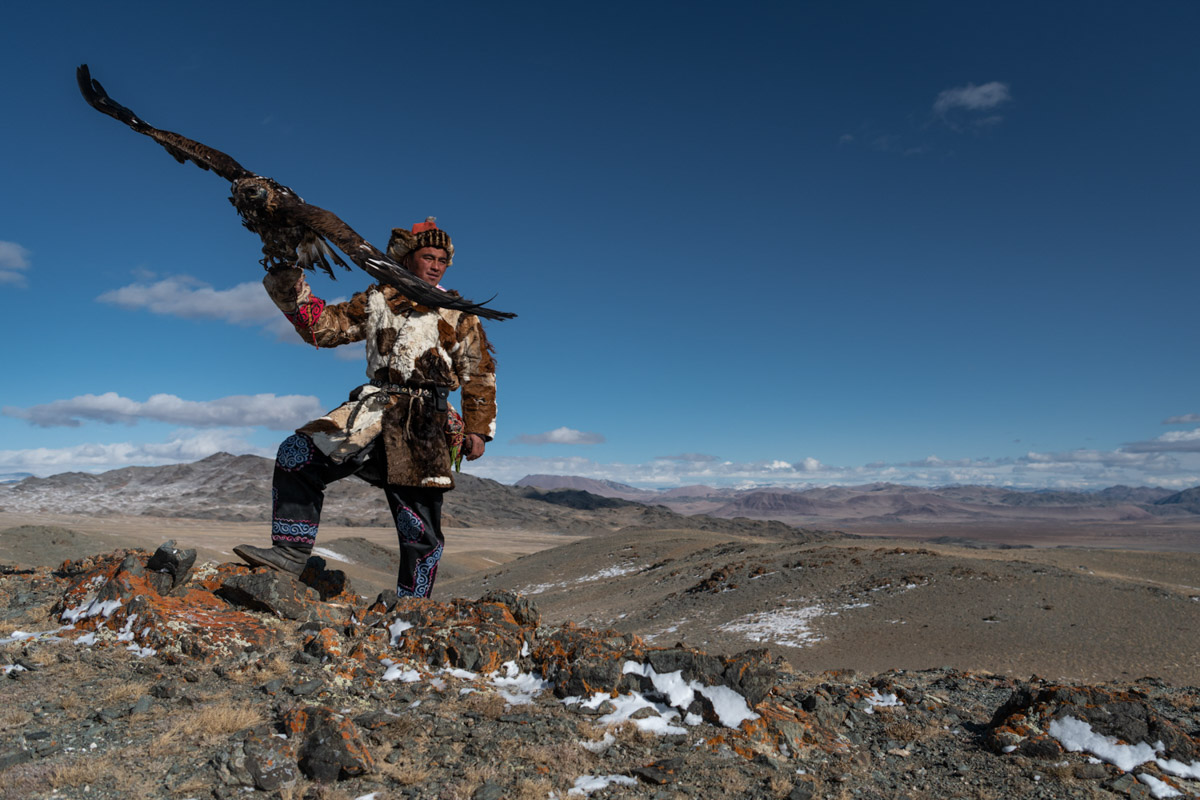
Some of your works focus on the beauty of the natural world and the cultural heritage of people around the globe. Please share with us some thoughts about these projects.
As a freelancer, I feel very fortunate that I have the freedom and flexibility to photograph the subjects and stories I’m drawn to. I’ve always been fascinated to learn about different cultures and their customs, driven by an unrelenting curiosity to see and understand the diversity of humanity and our shared world.
I really love photographing beautiful landscapes, wildlife, and people from diverse backgrounds. As with storytelling, I use the same approach, with patience and intuition being key factors in ensuring I’m ready to capture the split second when a ray of light pierces through the clouds, or a lion looks directly at me, or a person’s expression tells the whole story in a single frame.
In contrast to the scenes of conflict and suffering I’ve photographed, I think projects that focus on culture and nature are an important opportunity to document our rapidly changing world, and to illustrate the uniqueness of what could be lost if we fail to preserve and protect our environment for future generations.
Having a broad scope of photographic subjects helps me keep a healthy balance and gives me a chance to mentally process some of the more challenging subjects and scenes I’ve photographed. It’s a form of catharsis for me to see beauty through the lens, not just tragedy.
How do you plan and execute your shots?
I’m a big fan of making lists.. When I come across a story or issue that resonates with me, my mind immediately starts to envision the kind of images that I think would best illustrate it. I then research the subject beforehand and prepare the logistics of obtaining access and the operational details of going out to get the images and story.
I often make a preliminary wish list of all the photos I’d like to capture to highlight all the elements of the story, whether it’s an editorial or purely artistic project.
I don’t stage any of my photos and I use only natural light, so I try to spend as much time as possible on each project. This allows more time to capture photographs, and, more importantly, to get to know the people involved in the story - normally over several cups of tea - and to make them feel comfortable with me, which makes for a more enjoyable experience for everyone and, of course, more natural and authentic images.
Your work has been celebrated by some of the most distinguished publications and organizations in the world, including the New York Times, National Geographic and Amnesty International. How does this recognition motivate you moving forward?
It means the world to me and certainly motivates me to continue doing what I’m doing. I’ll be forever grateful to National Geographic for inspiring me to pursue my passion and a profession that is incredibly rewarding and means so much to me. Having my work featured in the New York Times is really another dream come true, and a great source of continued motivation.
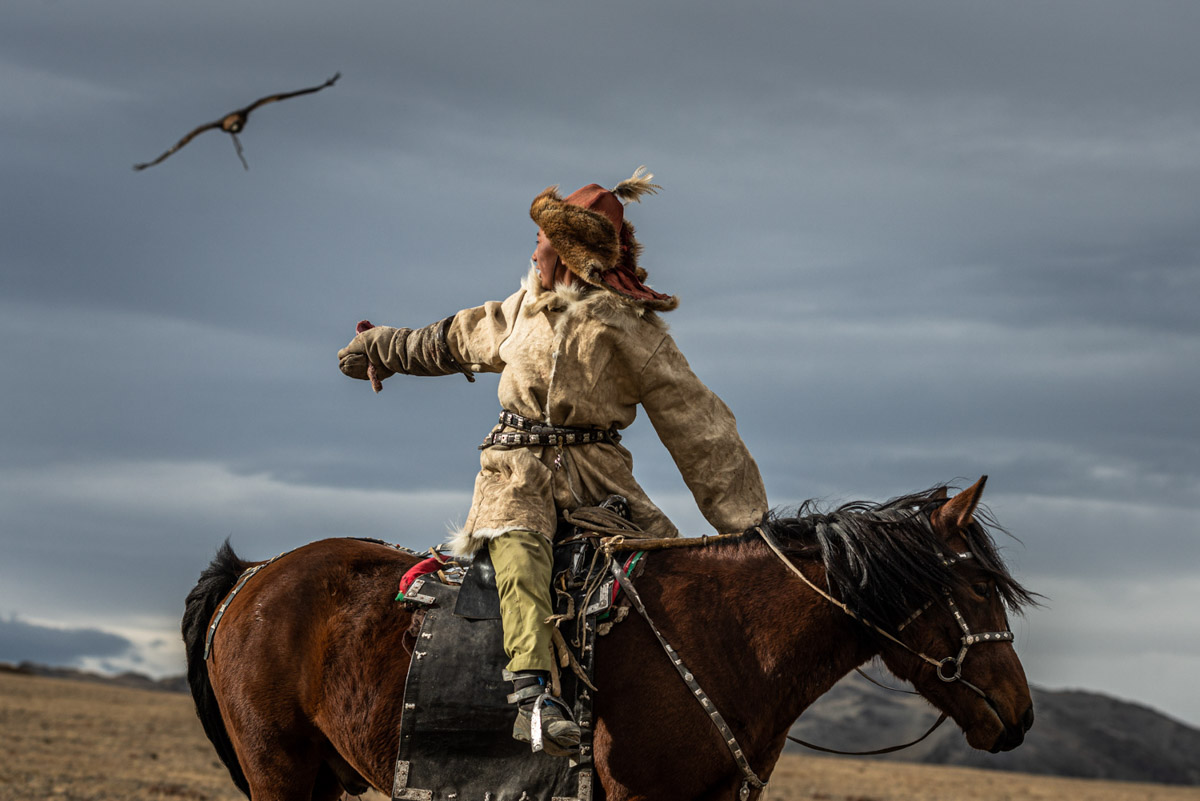
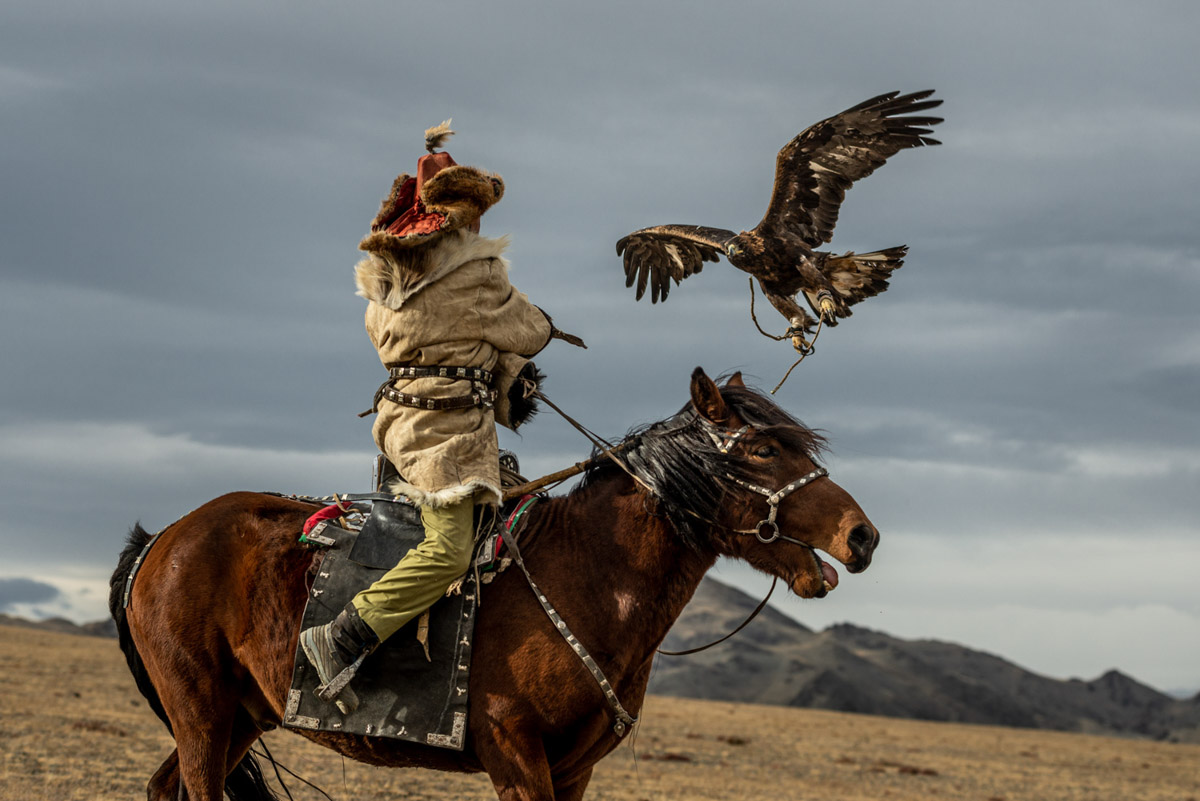
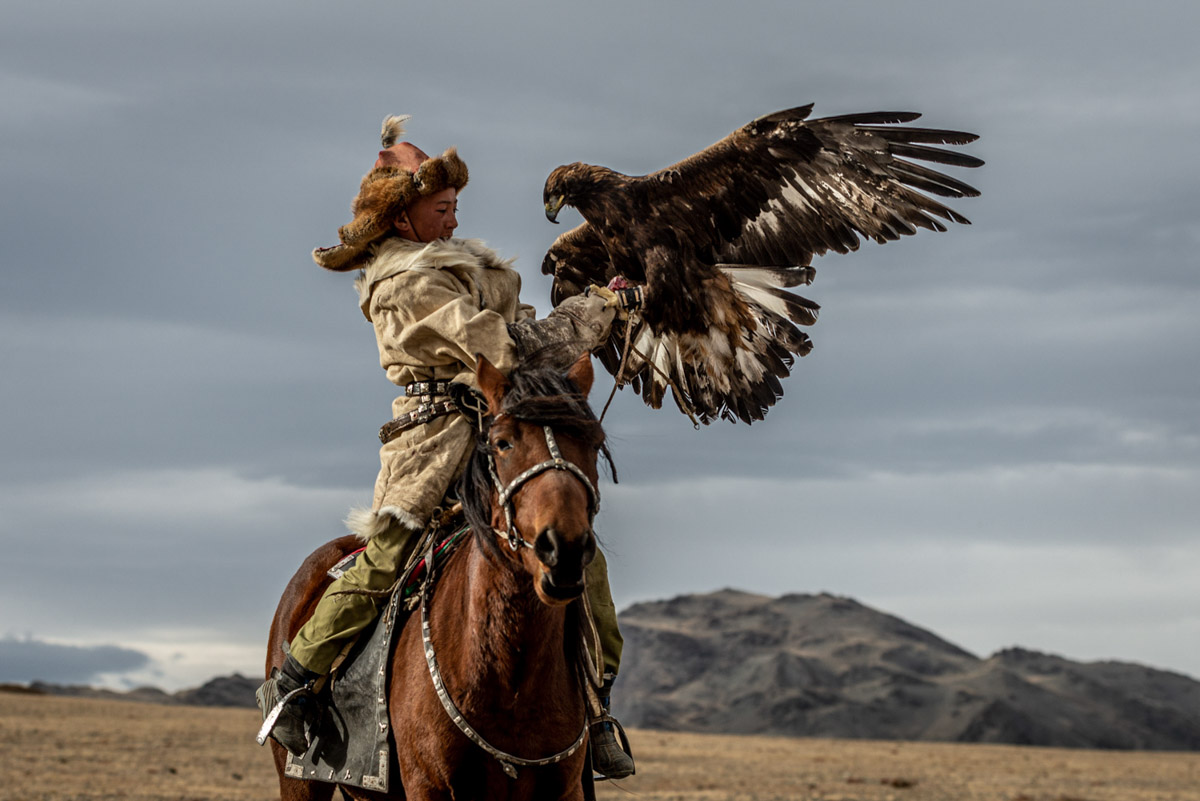
What are your thoughts on the new avenues for the creation and dissemination of art that become possible thanks to new technologies?
I’m very excited about the future of the art industry, especially with regards to the NFT space, which I think gives digital artwork more value and a platform it deserves. It’s truly transformative, and it’s great to see that as things shift more towards the virtual realm that art is not being left behind. Art remains an embodiment and documentation of humanity, and I think it’s very exciting that NFTs are providing a secure way of selling and storing digital art.
That said, I think there will always be a demand and desire for physical artwork – the virtual and the physical realms are not mutually exclusive.
What advice do you have for those thinking about dedicating their lives to art?
I think the main thing is to be persistent and follow your heart. There’s no obvious road map to success as an artist, but finding your own visual voice is key. The rest should follow with unrelenting determination, patience and a touch of good fortune.
You have seen more of the world and the multiple facets of life than most of us. What are your hopes for the future of humanity?
The world truly does hold an immeasurable amount of beauty. Sadly, recent global affairs make it difficult to be overly optimistic right now for our common future and the peaceful preservation of our planet. However, I’m always inspired by people I meet in countries like Iraq and Palestine, who, despite living through years of conflict and unrest remain hopeful of seeing a more peaceful future free from violence and discrimination. Those individual struggles for a better tomorrow strengthen my hopes for humanity as a whole.
Ultimately, I’m optimistic by nature, so I try to focus on the positive developments and increased collective consciousness that manifests in things like shared efforts aimed at addressing climate change, medical advancements that help save lives, and steps towards greater empowerment of women and girls.
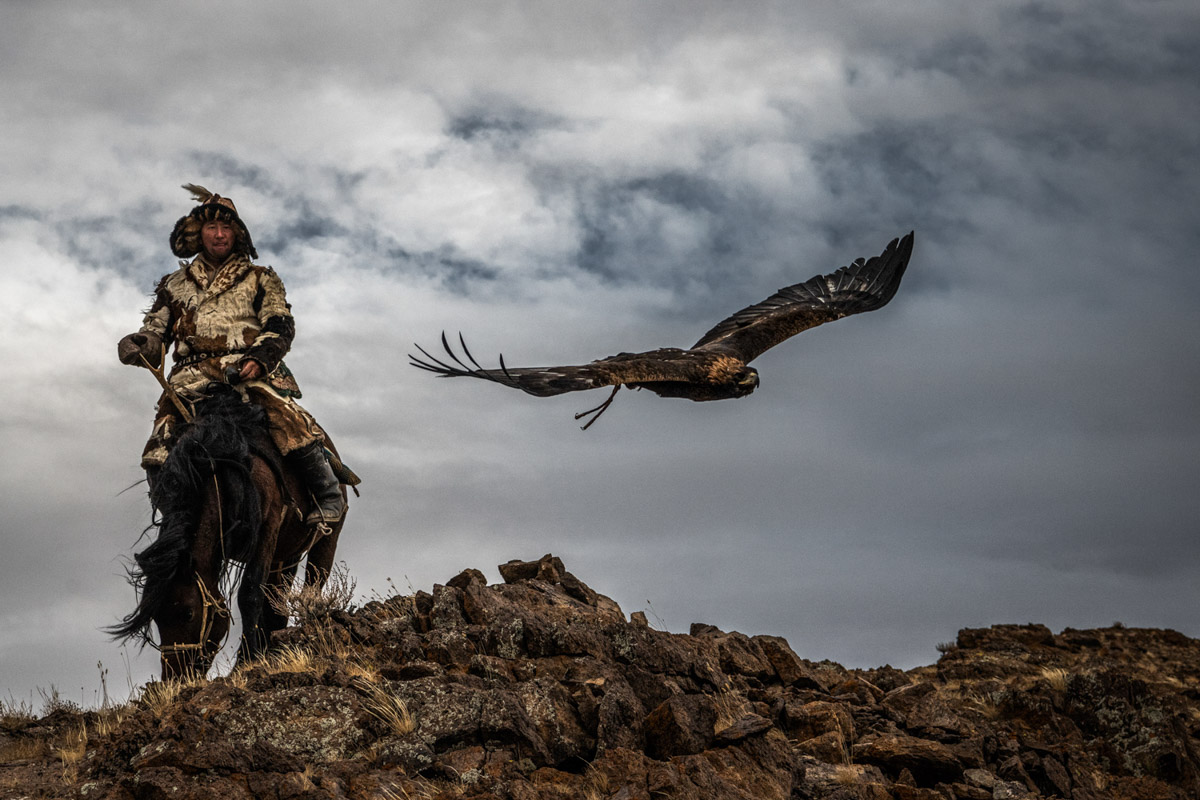
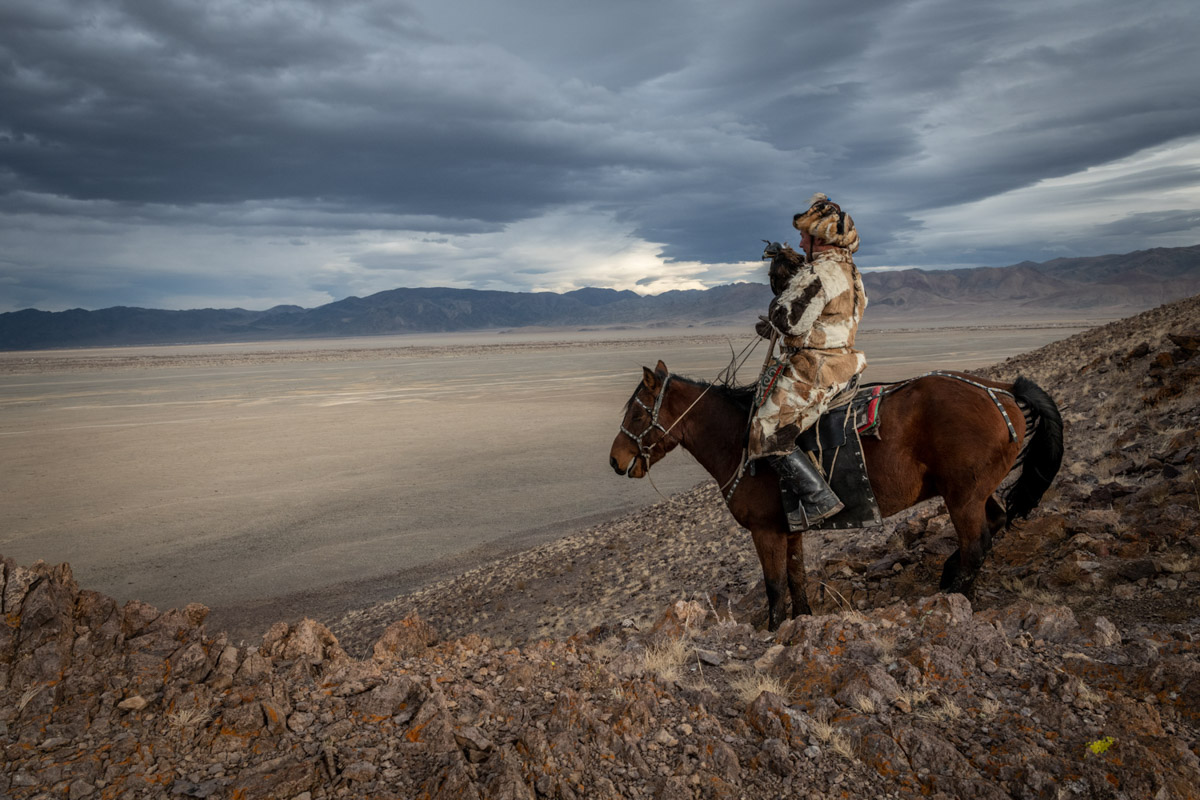
What is the next dream for your artistic journey?
I’m excited about many future projects. In May I’m moving from New York to Cairo where I’m hoping to pursue many visually compelling stories related to the country’s incredible culture and history. It was that picture of the yawning camel by the pyramids that launched my professional career after all!
From Egypt I’m looking forward to re-visiting Iraq and seeing how things have changed since I left in 2019. I’m also hoping to revisit several countries in Africa that are dear to my heart, in particular Ghana and Mozambique, but this may be pushed till later in the year depending on plans that I am currently exploring to head to Ukraine over the summer.
In July I’m planning to return to Mongolia to visit different parts of the country and to meet the Dukha people, who are semi-nomadic reindeer herders in the northernmost province of Mongolia. I will be selecting some of those images to add to those already offered for sale as limited edition prints through my website.
I also have a photo book that is scheduled to be released next year with a collection of images of the Kazakh people in Mongolia.
One of the things I’m most excited about is entering the NFT space very soon!
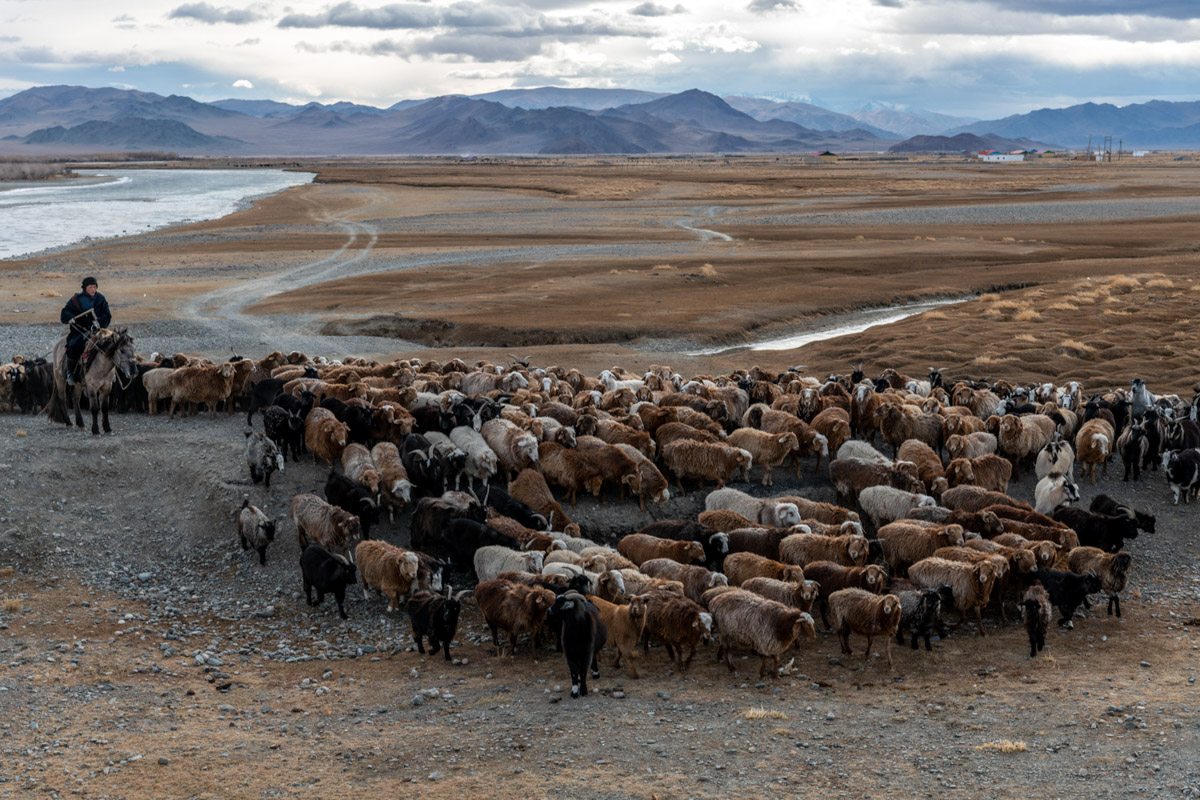
Claire Thomas | Website




